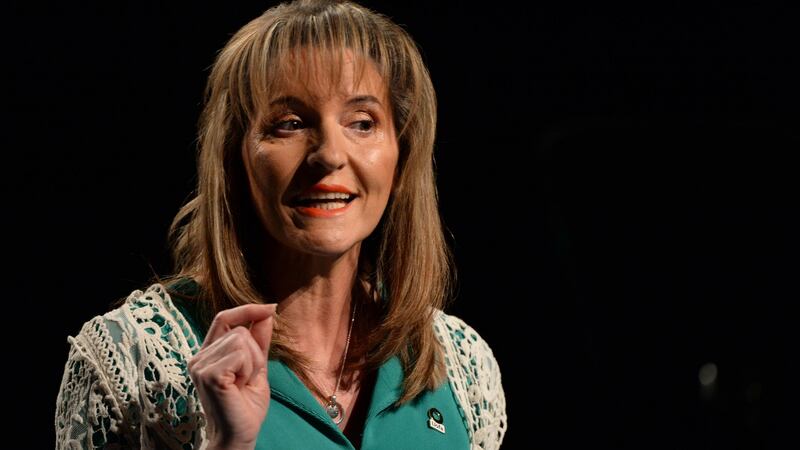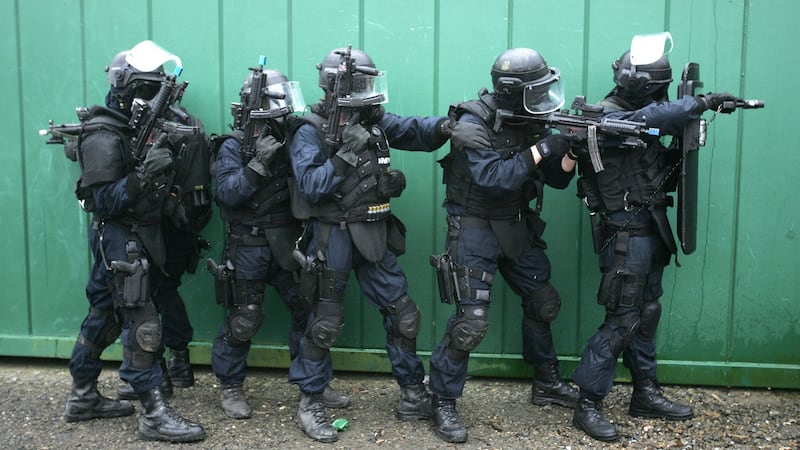Many on this island seem to lack even a minimal understanding of the State’s electoral system if reaction to the 2020 election is any guide. This included the notion that if a party got a majority of first preferences its leader automatically became taoiseach. Another reaction was that a candidate’s election on a later count meant they were less legitimate somehow than the poll-topper. The intricacies of our PR-STV system, the parties’ good or bad management of multi-seat constituencies, the pressure on the main vote-winners to cede territory to a party rival to maximise seat numbers; all seemed lost on them.
If much of this confusion originated north of the Border it was probably not surprising. MPs are elected to Westminster on the first-past-the-post principle, while Assembly members are elected by single transferable vote. Cabinet selection is mathematically mandated to guarantee powersharing rather than by the more usual thrashed-out agreement to produce coalition government.
But the same misunderstandings surfaced frequently enough in the Republic to be disturbing. While we pride ourselves on the thrilling unpredictability of week-long counts and the impressive proportionality between votes cast and seats won, there were plenty who felt thwarted enough by the Coalition outcome to believe it was rigged in favour of the not-Sinn Féin parties.


Meanwhile, Martina Anderson, a Sinn Féin veteran, took the weekend's Sunday Independent/Ireland Thinks poll – putting Sinn Féin at 33 per cent support – as confirmation that it was time to "plan and prepare for progressive changes". Talk to addled Fianna Fáilers reviewing tactics after clocking that 10 per cent support for a purported Sinn Féin/Fianna Fáil coalition (which of itself involves a lot of presumption) and the situation is not so clear-cut.
Significant issue
For some of us who would have liked to see Sinn Féin have a run at government in 2020, this confusion is no minor issue. One year on from the US Capitol riots, Donald Trump’s Stop the Steal movement has continued to build on its terrifying, reality-defying momentum, busily installing placemen in little known but electorally sensitive state posts. On this island, where some are intent on importing the dregs of US and British culture for nefarious purposes, there is a real danger in ignoring the need for public education or at least correcting reality-defying statements when they occur.
SF's youth wing and others in responsible positions continue to send out dangerous, provocative messages without censure
Ógra Shinn Féin marked the Anglo-Irish Treaty centenary with this tweet: “Despite what the Free State establishment want you to believe, the Treaty did not give Ireland independence. Ireland is not independent. But together, we can change that.” This is the youth wing of a party confidently gearing up to govern this State.
The statement not only denies our legitimacy; it also denies the referendum that overwhelmingly accepted the principle of consent and therefore the existence of Northern Ireland.
Unification mode
It is correct of course to say that many people south of the Border have no sense of what it was like to live through the Troubles. But as citizens of a State under pressure to slot into unification mode with all that it implies, they are surely entitled to examine the context, to ask questions and judge for themselves.
At Christmas the parliamentary assistant to a serving Sinn Féin TD posted an in memoriam to an IRA volunteer "killed on active service" as a member of "West Tyrone Command Óglaigh na hÉireann". To the vast majority here, Óglaigh na hÉireann means the Irish Defence Forces. What does it mean to Sinn Féin members in 2022?

Reporting on a rare IRA admission to a crucifixion-style torture perpetrated 27 years ago on a 16-year-old boy, the Sunday World recently published a letter from Belfast-based Community Restorative Justice Ireland quoting the “apology” to the victim’s mother. It acknowledged – within quotes – that: “Some members of the IRA were involved in this, it was wrong, and it should never have happened.” The community group’s deputy director was able to assure the mother that the reply had been sent “with the full authority of the Irish Republican Army”. What does that whole phrase actually mean in 2022?
Runaway ratings
A current narrative is that the other parties are scared and jealous of Sinn Féin’s runaway ratings. So they should be. Whether the support is for the party and its policies or a push against the status quo seems irrelevant when the answer is wheeled out repeatedly, in dazzling technicolour. It’s all about housing and healthcare, as the latest poll confirms.
Sinn Féin has moved into the political mainstream in that prospective voters expect it to deliver on big, key issues.
One of its most enviable traits in other parties’ eyes is a near supernatural ability to keep members on message.
Yet its youth wing and others in responsible positions continue to send out dangerous, provocative messages without censure, questioning the legitimacy of the State and its institutions. Which is it to be?
Will the real Sinn Féin stand up?













